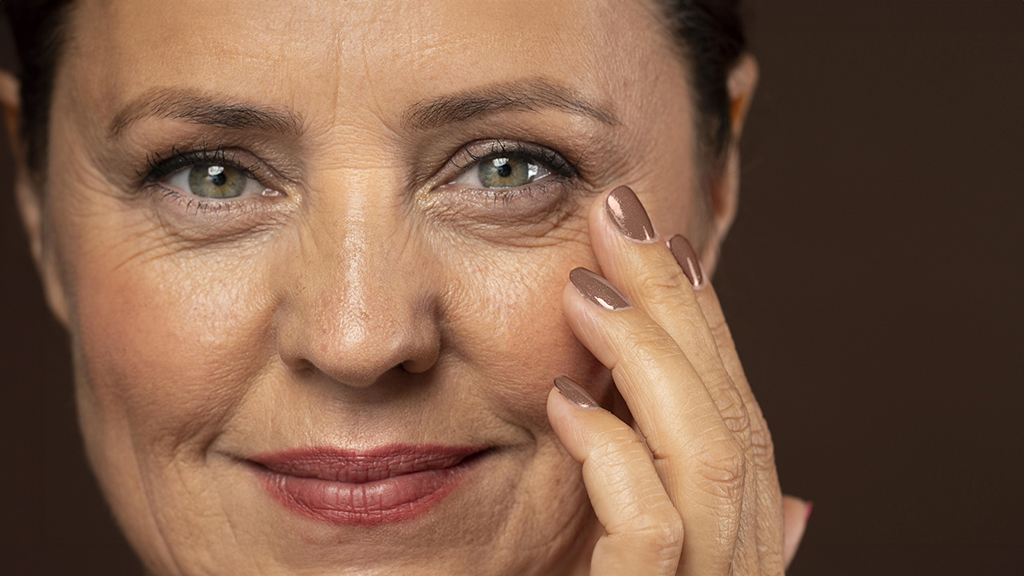LAP Flap Breast Reconstruction
LAP Flap (Lumbar Artery Perforator Flap) is designed to use the soft tissue of the waistline at the lower back and the flanks—the “love-handle” areas. This microsurgical breast reconstruction technique allows patients to rebuild a natural-looking breast after mastectomy. It is an excellent option when individual preference, the shape of one’s body or a history of prior surgery make this area a more appealing donor site. Since excess skin and fatty tissue are removed along the waistline, similar to that which is removed during cosmetic buttock-lift surgery, the buttocks end up in a higher position with these procedures.
You are an ideal candidate if you:
- Prefer the most realistic breast shape and texture
- Wish to utilize your own body tissue rather than implants
- Do not have enough abdominal fat to create a matching breast
- Are a NON-smoker
- Have scars on your abdomen
- Prefer to use “love-handles” as the donor site.
- Have had a previous implant reconstruction procedure with unsatisfactory results
As with DIEP, SIEP, SGAP and IGAP Flaps, LAP flaps are always free flaps. The flap (fat and overlying skin) survives on a blood supply via one or two artery and vein perforators. Similar to other Perforator Flaps, in LAP Flap surgery preservation of the muscles is possible because, during the preparation of the tissue, advanced microsurgical techniques are used to meticulously separate the tiny blood vessels that supply the skin and fat, from the muscle while the muscle remains intact. Once transferred to the chest, these tiny blood vessels of the LAP flap are connected to existing blood vessels at the mastectomy site.
When the blood vessels of the flap are connected and the flap is seen to be receiving a good blood supply through the new channels, the skin and fat of the LAP flap are shaped to form the new breast mound and the wounds are closed, generally with dissolving sutures.
The procedure generally takes anywhere from six to eight hours to complete, and is performed under general anaesthesia. It is lengthy due to the precise nature of this microsurgical procedure. However, the surgical effort is rewarded by excellent cosmetic results. The procedure is also less invasive, resulting in less pain and faster recovery.
A few months after the breast reconstruction procedure, if it was removed with mastectomy, restoration of the nipple and areola will follow. The shape of the breast may also be refined to be more symmetrical with your untreated breast. For many patients the reconstructed breast may be firmer and have a more youthful appearance than their natural breasts.
Advantages
- Most realistic breast texture and skin colour match
- No breast implants used for reconstruction
- Short reconstructive process – wake up with the breast mound in place
- Fewer long-term complications and re-operations
- Reconstruction can tolerate radiotherapy
- No abdominal scarring or weakness
- No loss of muscle strength
- Waistline scar is hidden by underwear
- Provides skin to replace the nipple area in immediate reconstruction to allow only a single, circular breast scar around the nipple
Disadvantages
- Long anaesthetic time
- Uncomfortable recovery
- Asymmetrical waistline and buttock
- Repositioning during surgery
- May need further small procedures to re-shape breast
Risks & Complications
All patients must understand and accept that no surgical procedure is absolutely free from risk. For further information concerning the risks and complications associated with Autologous Breast Reconstruction, please refer to Risks and Complications of Autologous Breast Reconstruction.
For details about procedures and treatments or for a consultation, advice and prices from our Dubai clinic please call +971 4 431 2396 or use our online form.


